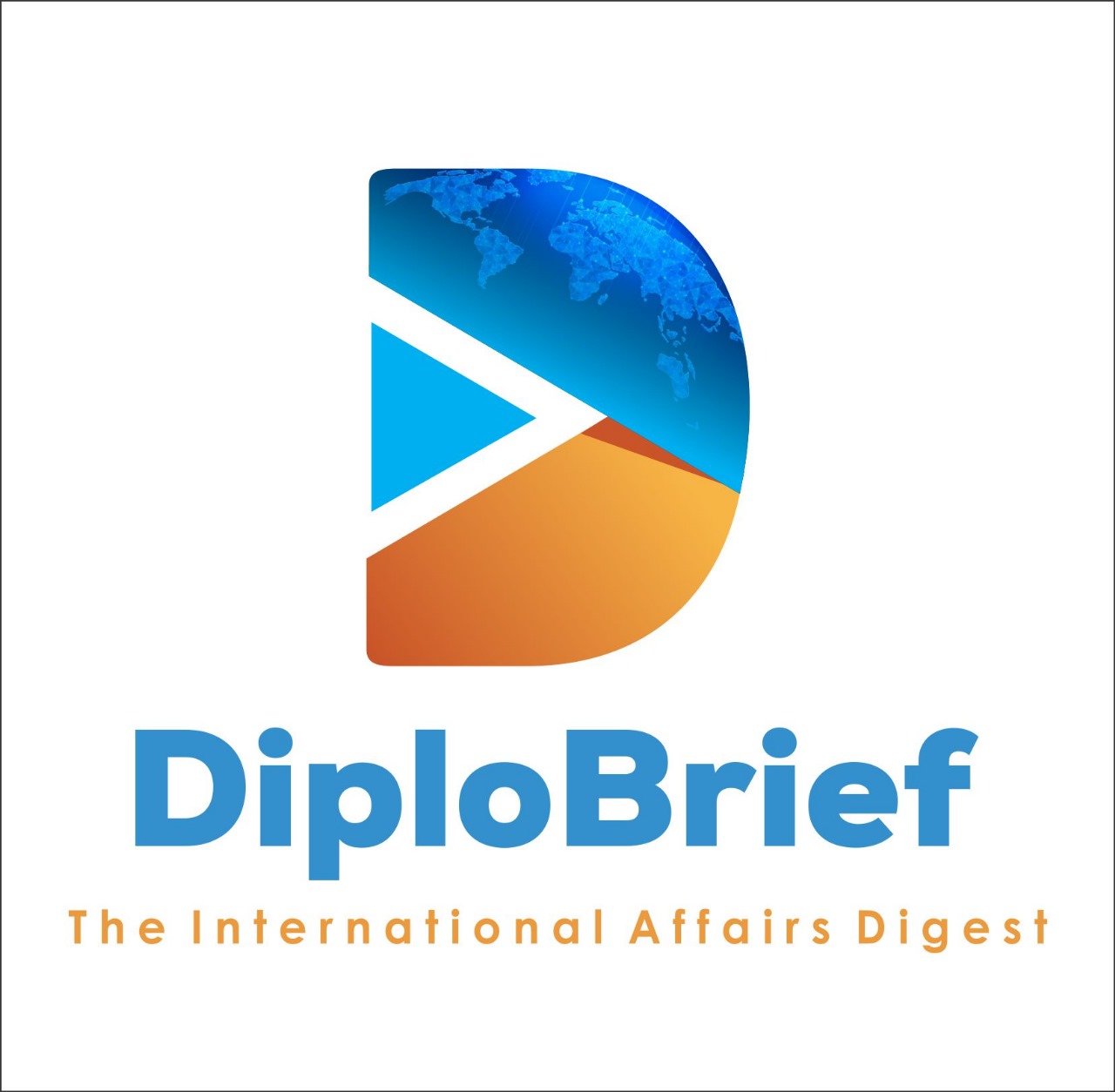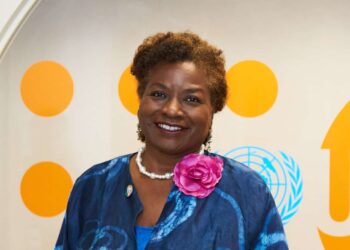BY MICHAEL ADIADO
Kenya is presenting a candidate for the African Union Commission chairperson role for the second time.
The first candidate was former Cabinet Minister in the Uhuru administration Amb.Amina Mohamed in 2017. Interestingly, the person who was at the cornerstone of Amina’s campaign bid is current President William Ruto, at one point taking the campaign to Chad, home of Moussa Faki, the winner in that election.
Despite the successes of both President Uhuru Kenyatta and his deputy, Ruto, in rallying support for AU common stand on Rome statute and ICC targeting of African leaders, they couldn’t shift this support to get Amina elected.
They’re many factors that have been cited by various analysts as crucial in determining who will succeed Moussa Faki on February 15, 2025.
These factors include the language divide, religious affiliations of the candidates, the sending state and its influence in AU, country relations with other powerful states within Africa notably South Africa, Egypt, Morocco and Nigeria and geopolitical calculations by global powers —the USA, the UK, France, China, Israel and Russia
Some of these factors are within or outside of the control of the candidates. For example, Mauritius candidate Anil Gayan was forced to abandon his desire to succeed Faki due to a change of regime in Mauritius that favoured the candidature of Kenya’s Raila Odinga.
In this piece, however, I will delve into what the candidates can control. One of the items that candidates have control over is perception. How they’re publicly viewed is very important.
For example, Djibouti candidate Mahamoud Ali Youssouf is banking heavily on his multilingual prowess in English, French and Arabic, while the Madagascar candidate is relying on his accomplishments as the country’s former Foreign Affairs and Finance Minister. Kenya’s candidate is banking on his pan -Africanism spirit as well as having served as the AU high Representative for infrastructure development (2018-2022)
Raila’s pan Africanism message seems to be well captured with how he dresses to complement his campaigns and that is what I will delve into.
LEADERS AND CHOICE OF DRESSING
Dress code/attire has been used by politicians to convey or align with different messages. For example, Turkey founding father Kemal Ataturk complimented his dress with a hat.
This was to align with his desire to show Turkey’s transformation towards a secular state since hat represented the modernised headwear of civilised nations as opposed to Fez, which was highly associated with conservative Muslim states.
In the US, former First Lady Michelle Obama dressed in a manner to convey a support for young American designers as well as appreciating other countries’ creativity.
During state dinners either in White House or in foreign countries, she would match designers attires with state’s attires as evidenced by her first state dinner in India, where she wore a dress designed by Indian American Naeem Khan.
In China, Mao Zedong hailed as the founding father of People Republic of China, made the Zhongshan suit popular to the point of it being associated with him and it being named “Mao Suit”.

Despite being an invention of Sun Zhongshan, Mao made it mandatory for both Chinese women and men to wear to align with austerity of the cultural revolution, conformity and uniformity in the belief of One China.
DRESS CODE IN AFRICA
Dress code in Africa has a complicated dichotomy with history, politics, class, status, age and ethnicity.
For example, in Nigeria, dress has been used as a significant symbol towards the transition from military rule to civilian rule, earning a phrase “Khaki to Agbada”.
Leaders and the common populace in Nigeria have used dress strategically to either align with different ethnicities or to show their displeasure towards government policies.
For instance, Northern Nigerians would wear “Tarzace” whose word in Hausa meant to “continue or carry on”. The dress was highly associated with former military ruler Sani Abacha and the Northerners would wear to show their disapproval of Olusegun Obasanjo.
In the DR Congo (formerly Zaire), President Mobutu Sseko introduced a mandate famously known as “Authenticite”, which outlawed Western style of clothing such as ties, shirts and western suits.
His idea was to advance Zaire nationalism and to show transition of Zaire from a colony to a fully independent state.
In Zambia, President Kenneth Kaunda was hailed as the one who embraced clothing that closely related to African nationalism.
Although the shirt he wore was famously called “Kaunda”, trhe book by Jean Allmans –Fashioning Africa says the shirt was called Bush Suit of colonial vantage that Kaunda later popularised as the “Safari Suit”. It was his Vice president Simon Kapwepwe who don the native Zambian shirt famously known as “Chitenge”-Zambia Chitenge
In Kenya, dress code has been used in a variety of ways.
In the early 1960s, Kenya’s first President Jomo Kenyatta and his first Vice President Jaramogi Oginga Odinga’s dressing symbolizes their closeness.
Jaramogi Odinga gifted Kenyatta with the Luo bearded cap that both wore to show their closeness and the desire to forge National unity. When both had a fallout in 1966, Kenyatta dropped the beaded cap, marking their political divorce.

In the lead up to the 2013 elections, President Uhuru Kenyatta and his deputy were also donning similar outfits, with the memorable moments being during the launch of their manifesto in Kasarani and later during the unveiling of first Cabinet.
They were donning white shirts with red ties, a show of unity that was the driving force that pivoted them to State house.
Their campaign billboards also showed them rolling up their sleeves, the Obama style. They may have done this to show they were ready for the huge task of uniting the country as well as continuing the work of President Mwai Kibaki, who was well known to be workaholic
Fast forward to 2022, President Wiliam Ruto was seen to be embracing the “Mao Suit” although the styles clearly differ from the foundation of what a “Mao Suit” design should be.
It was interpreted that this style of dress showed a man who doesn’t have time to put on the complicated Western suits as well as a man who’s leading on the front by championing for austerity which was in tandem with Kenya’s Economic situation at the time of him coming to office.
He also strategically used this dress when championing for issues affecting Africa such as climate compensation, restructuring of global financial architecture as well as advocating Africa citizens free movement as well as its own payment systems.
So popular was this momentum, that legislators, sections of the citizenry and the clergy started donning the suit. However, attempts to make it an acceptable dress in Kenyan Parliament were thwarted by the Speaker, who announced the ‘Western Style’ as the only allowed dress within the floor of Parliament.

Raila’s candidature for the AUC Commission seat comes at a time where countries in West Africa are increasingly disassociating themselves with France and as the citizens yearn for leadership from the continental body that failed to stop the Tigray “genocide”, failed to stop the Sudan civil war, and as coups increased in the Sahel region under its watch.
Young people are increasingly looking towards other continents for their survival and to improve their livelihoods ‘.
His candidature is also disadvantaged by his age, especially at a time when the young people are seeking change as well as Kenya’s alleged posture as “Western” countries poster child in Africa.
He then has to craft a message and an image that shows his age as an advantage, his Pan Africanism belief, which is very crucial at a time when States are increasingly pivoting towards nationalism and protectionism.
WHAT RAILA DRESSING MEANS
This then takes me to an analysis of Raila’s choice of dress to compliment his campaign as well as showing his knowledge of African culture.
He has used the Fedora hat, Mao Suit, Western Suit, Kufi hat as well as Robes that resemble those worn by desert communities in North Africa.
He worwe Fedora hat while on trips to countries in North Africa namely Mauritania, Tunisia and Morocco, as well as during the AUC chairmanship debate in Addis Ababa, Ethiopia.
By donning hat in his trip to North Africa, Raila Odinga showed he’s conversant with the sunny weather conditions of North Africa as well as symbolising his elder hood and statesman role that he hopes to bring in the AU Commission.
Raila also wore long robes in his trip to Mauritania and Chad which, signified his understanding of focal role of Islamic religion in those countries.
In South Africa, he toured Namibia, Mozambique, Lesotho, South Africa, Zimbabwe and Botswana. During his trip he donned “Mao suit” while meeting with leaders from Namibia and Mozambique, which were highly influenced by communist revolutionaries during their struggle against colonialism.
He also donned “Mao Suits” when he met leaders from Togo, Central African Republic, Senegal, Eritrea, Ghana (under new president John Mahama), Gambia and Senegal.
By wearing “Mao Suits”, the Kenyan candidate displayed his awareness of anti-French sentiment in Central and West Africa and the clamor for the populace to move themselves out of Western influence
Lastly Raila Odinga seems to prefer western style suits when he attendd official meetings particularly those in Addis Ababa, which serve as headquarters of the AU as well as in multilaterals forums such as China –Africa Summit.
He also reserved “Western Style” suits while meeting diplomats from Western countries, EU envoys as well as when accompanying President Ruto to bilateral visits as seen in Egypt and Ghana
It then can be seen that Raila has used his clothing as primary symbols through which modernity and history have been conceived, constructed and challenged.
He has also shown how dress facilitates political duplicity as seen by how he changes his fashion to fit religion, status, ideologies and geopolitics














